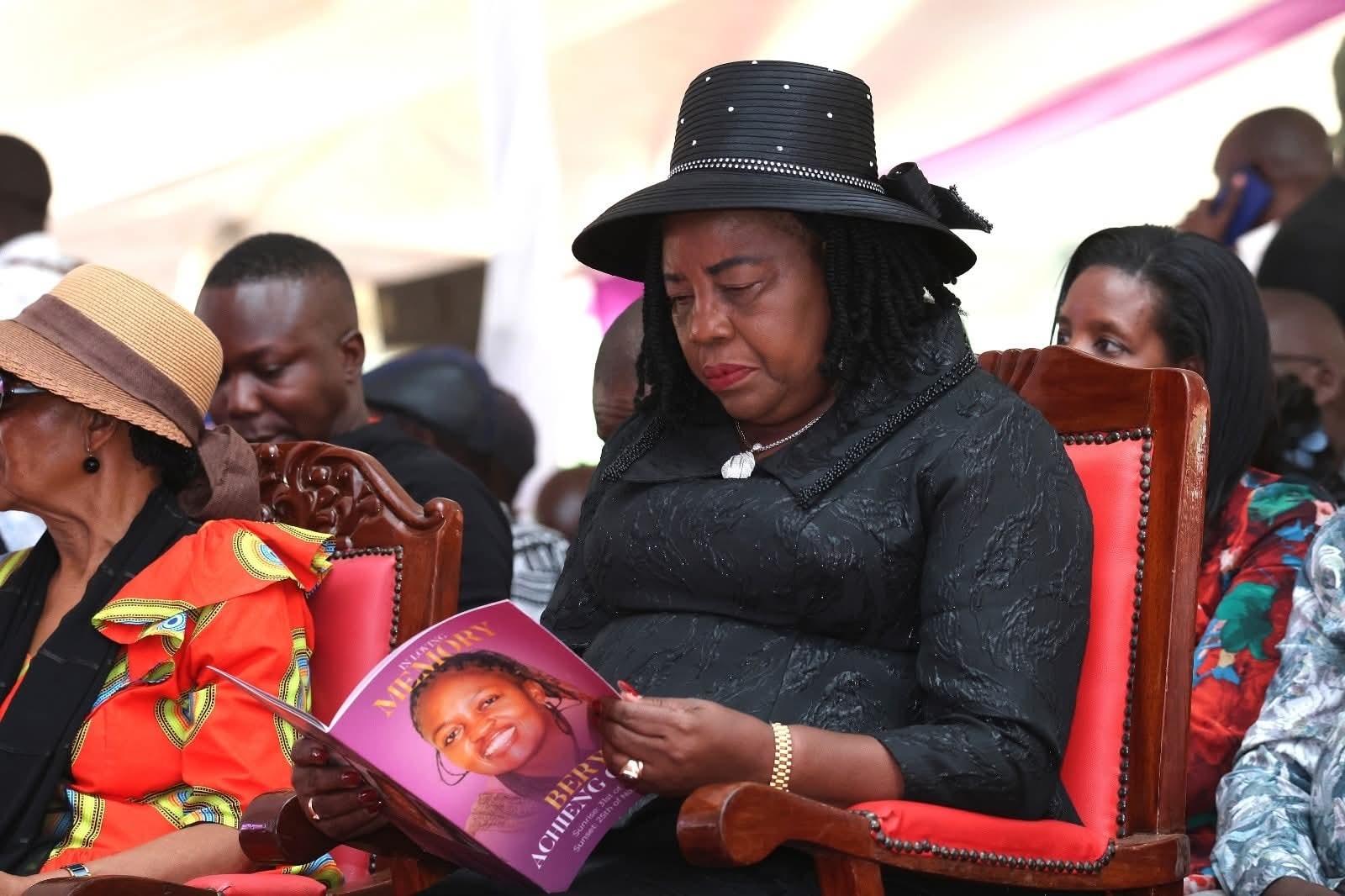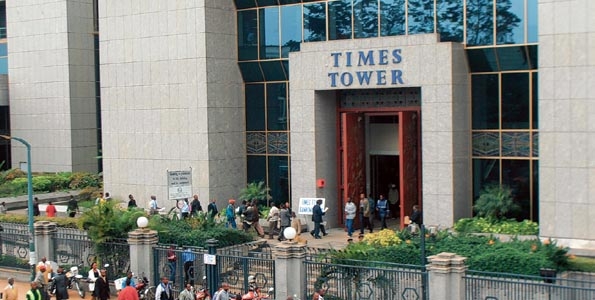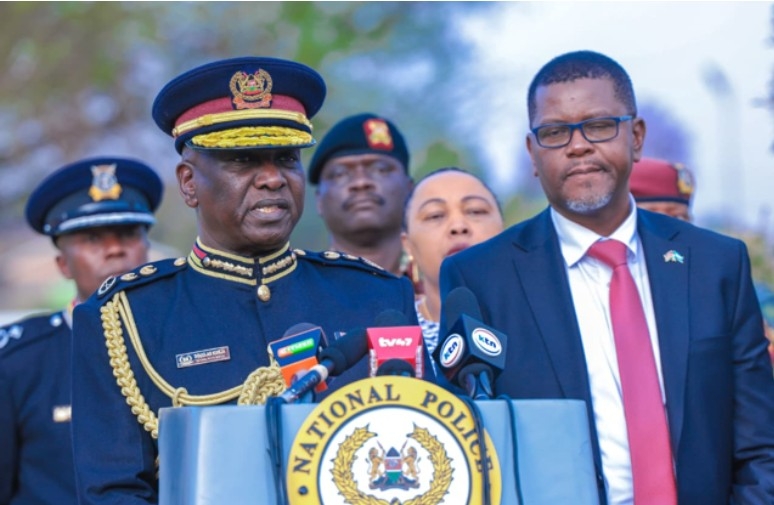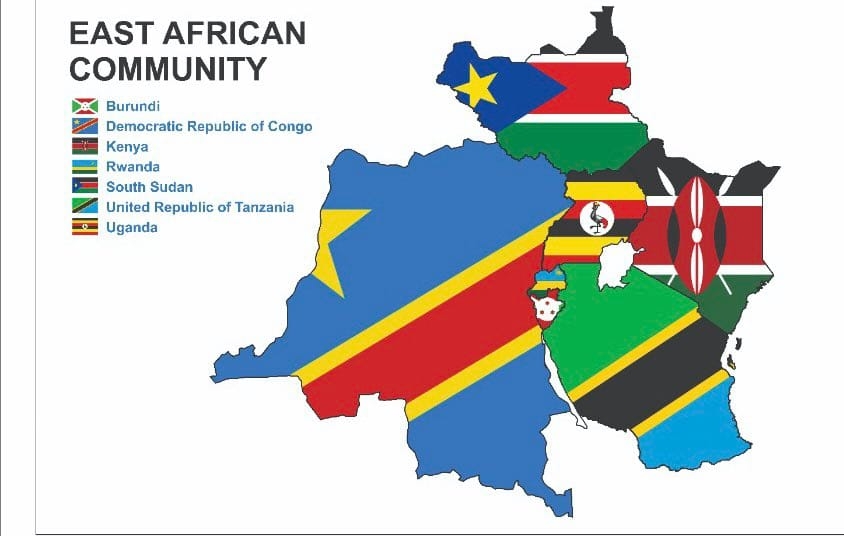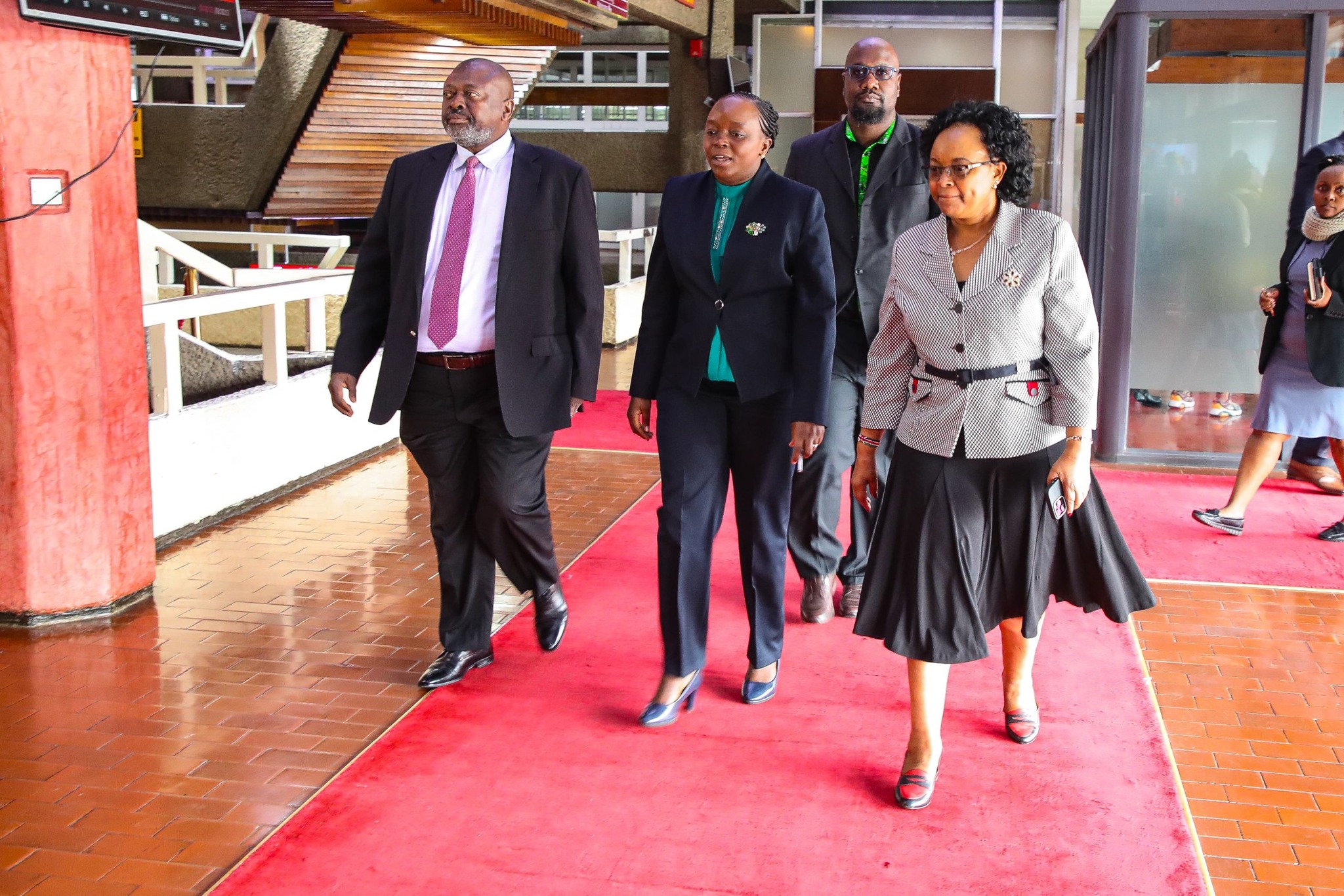
The Kenya Forestry Research Institute has announced a range of new technologies designed to support forest and landscape restoration in arid and semi-arid regions.
Kefri CEO Jane Njuguna said the innovations are key to ensuring the government’s plan to restore at least 10.6 million hectares across the country succeeds.
“We have come up with several technologies to ensure on efforts in arid and semi-arid areas of our country are successful,” she said.
She said the institute has been breeding and developing tree species adapted to the harsh conditions of these regions. Some of the trees that thrive in arid and semi-arid areas include Acacia senegal, Acacia tortilis, Acacia xanthophloea and Melia volkensii.
More than 80 per cent of Kenya’s land is classified as arid and semi-arid and are characterised by low rainfall, high evaporation rates, limited water availability and sparse vegetation.
Njuguna said beyond developing suitable species, Kefri has also outlined measures to enhance their survival.
“We insist that you drill holes at least two feet by two feet a day before planting so that the soil gets enough air. Mix ash with manure, which is readily available in drylands because of the high livestock population,” she explained.
The institute recommends combining ash and manure for better soil fertility.
Kefri has also developed biochar technology, an advanced version of mixing manure or compost with charcoal dust to improve soil structure and moisture retention. Njuguna said the institute has additionally created moisture retention crystals, which are already available locally.
According to the National Landscape and Ecosystem Restoration Strategy 2023–2032, the country seeks to restore 10.6 million hectares, with 70 per cent of these efforts focused on arid and semi-arid areas.
Kenya is among the world’s most biodiverse nations,
hosting more than 35,000 species, including over 7,000 plant species and
numerous rare, endangered and endemic species. Rangeland ecosystems — which
include woodlands, bushlands, grasslands, wetlands and bare lands — cover 89
per cent of Kenya’s landmass and support more than 70 per cent of livestock and
90 per cent of wildlife populations.
These ecosystems provide more than 90 per cent of the meat consumed in the country, employ more than 10 million people and account for 95 per cent of household income in the Asal regions. They are also rich in valuable natural resources such as oil, gas, and renewable energy.
However, they face increasing threats from deforestation, human encroachment, overgrazing, invasive species and climate change.
The degradation of these areas has led to reduced ecosystem services and productivity.
The government’s restoration strategy emphasises interventions such as rehabilitating degraded drylands and forests, restoring wetlands and riparian zones, promoting agroforestry and commercial tree farming and greening urban spaces and infrastructure.
The National Forest Resource Assessment (2021) placed Kenya’s tree cover at 12.13 per cent and forest cover at 8.83 per cent. A 2016 assessment identified 38.8 million hectares of land with potential for restoration.
Dr. Njuguna said Kefri’s technologies are a vital step in helping communities in arid regions participate meaningfully in restoration efforts while improving their livelihoods and resilience to climate change.





